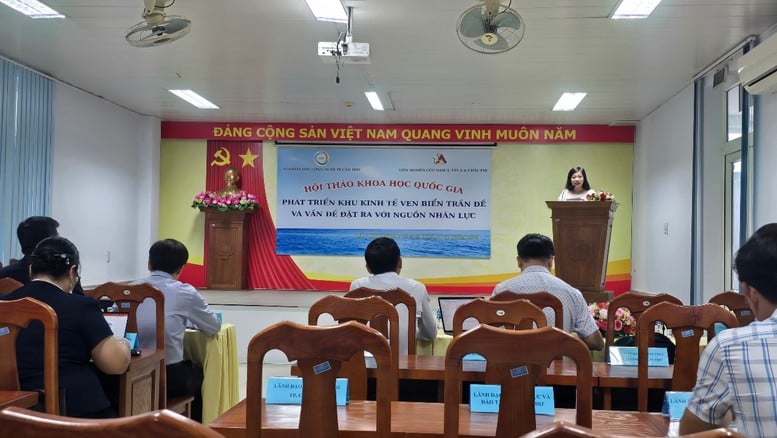
National scientific workshop on the development of Tran De coastal economic zone - Photo: VGP/LS
Expectations for a modern logistics center in the Southwest region
According to Ms. Tran Thi Lan Phuong, representative of Tan Cang Saigon Corporation, the Tran De coastal economic zone is planned to develop a large-scale deep-water port, overcoming the long-standing logistics bottleneck of the Mekong Delta region. Currently, about 80% of the region's exports must be transported by road to the Ho Chi Minh City - Cai Mep port cluster, causing costs to increase by 7-10 USD/ton.
The Master Plan for Vietnam's Seaport System to 2030 (Decision 1579/QD-TTg of the Prime Minister) identifies Tran De Port as a special deep-water port, playing the role of an import-export gateway for the Mekong Delta region. Along with that, the Planning of the former Soc Trang Province (Decision 995/QD-TTg of the Prime Minister in 2023) orients the development of Tran De into a multi-sector marine economic center, with a scale of about 40,000 hectares, spanning Tran De, Cu Lao Dung districts and the old Vinh Chau town.
Tran De coastal economic zone includes: deep-water seaport area (5,750 ha), industrial-processing area (10,000 ha), port logistics area (4,000 ha) and urban-service area (20,000 ha). It is expected that Tran De port will receive ships with a capacity of 100,000 DWT, with a design capacity of 80-100 million tons/year (8-10 million TEU) when completed.
Experts assess that, with synchronous investment, Tran De port will not only relieve the logistics pressure of the region but also create a driving force for socio-economic development for the entire Southwest region, becoming a deep-water port - industrial - urban sea center worthy of the nation.
Human resources – the 'bottleneck' of new economic zones
Along with investment opportunities, Tran De Economic Zone also faces major challenges in human resources, a decisive factor in operational efficiency and long-term competitiveness.
According to forecast studies, by 2030, the economic zone will need 50,000–60,000 workers and upon completion will need about 115,000 direct workers. The human resource structure is expected to shift strongly from construction workers in the early stages to industrial, logistics and service workers, in which the proportion of highly skilled workers will increase from about 5% (2025) to 15–20% (after 2040).
Associate Professor Dr. Nguyen Xuan Trung (Vietnam Academy of Social Sciences ) commented: "Developing high-quality human resources for Tran De Economic Zone is not only to meet local needs, but also to serve the regional linkage strategy - connecting Can Tho (training center) with Tran De (production and application center), forming a sustainable marine human resource value chain".
He emphasized that investing in human resources is not only a short-term solution but also a strategic foundation for developing Vietnam's marine economy, contributing to reducing the gap between rural and urban labor, increasing income and promoting the transition to a green, digital and sustainable economic model.
However, the current human resource situation still does not meet the demand. Although the rate of trained workers here has improved, the number of workers with technical qualifications is still low, not enough to supply the marine industry and logistics sector. Many businesses in the region have to recruit workers from Ho Chi Minh City, Ca Mau or Can Tho (old), causing a shortage of local human resources.
The connection between schools, businesses and the government is not tight. Vocational training and internship programs related to the actual needs of Tran De Economic Zone have not been implemented synchronously. Some cooperation agreements between the former Soc Trang province and Can Tho University and Ho Chi Minh City University of Economics are only at the initial stage, not strong enough to form a specialized human resource supply chain for the marine economy.
Preparing human resources to take the lead, the foundation for a sustainable marine economy
Experts say that in order for Tran De Economic Zone to maximize its effectiveness, human resource preparation must be at least 5-10 years ahead of infrastructure. This requires flexible training policies, competitive talent attraction mechanisms, and synchronous investment in vocational education.
Associate Professor Dr. Nguyen Phuoc Hiep (Tra Vinh University) said that the goal of turning Tran De into a center for marine logistics services, a gateway port and a renewable energy hub is only feasible when there is a three-party cooperation model (State - Enterprise - School). He proposed to build the Tran De Marine Training Innovation Model (TDMIT-P) with six components, in which the focus is on linking training with market demand and technology transfer.
However, Mr. Hiep also frankly pointed out that the current research is still limited in terms of survey scope and long-term quantitative data, making the measurement of social and economic impacts still preliminary. However, the initial results are still an important scientific basis for planning human resource policies for Tran De and other coastal economic zones in the region.
Previously, the People's Council of the old Soc Trang province issued Resolution 14/2022/NQ-HDND on supporting postgraduate training and attracting highly qualified human resources. However, the scope of application is still narrow, mainly concentrated in the public sector, not attracting experts and engineers from large industrial centers. In addition, urban infrastructure, housing, health care, education and living environment in the area are still not synchronized, causing difficulties in retaining talent.
Lessons from the Cai Mep – Thi Vai, Nghi Son, and Long An port clusters show that if human resources are not prepared, large seaport projects will find it difficult to achieve operational efficiency, and may even lose opportunities to competitors. On the contrary, when human resources are well trained, Tran De port can become a new growth engine for the Southwest region, contributing to realizing the goal of Resolution 13-NQ/TW on sustainable development of the Mekong Delta.
A representative of Tran De commune (Can Tho city) said that the locality currently has more than 55,000 people, of which about 30% of the labor force has migrated to work elsewhere and the local human resource level is still low. Although the locality has signed training cooperation agreements with universities, meeting the high-quality human resource requirements of the economic zone is still a big challenge.
Towards a modern maritime economic center of the Mekong Delta region
Tran De coastal economic zone is expected to be a new growth pole of the Southwest region, but to operate effectively, high-quality human resources must be considered a strategic priority.
Experts agree that it is necessary to build a systematic human resource strategy, linking training, use, attraction, and integrating it into the overall planning of the region. Then, Tran De will not only be a modern deep-water seaport, but also a symbol of green transformation and sustainable development of the Mekong Delta.
Le Son
Source: https://baochinhphu.vn/tran-de-cang-cua-ngo-chien-luoc-va-bai-toan-nhan-luc-cho-kinh-te-bien-dbscl-10225102417590092.htm


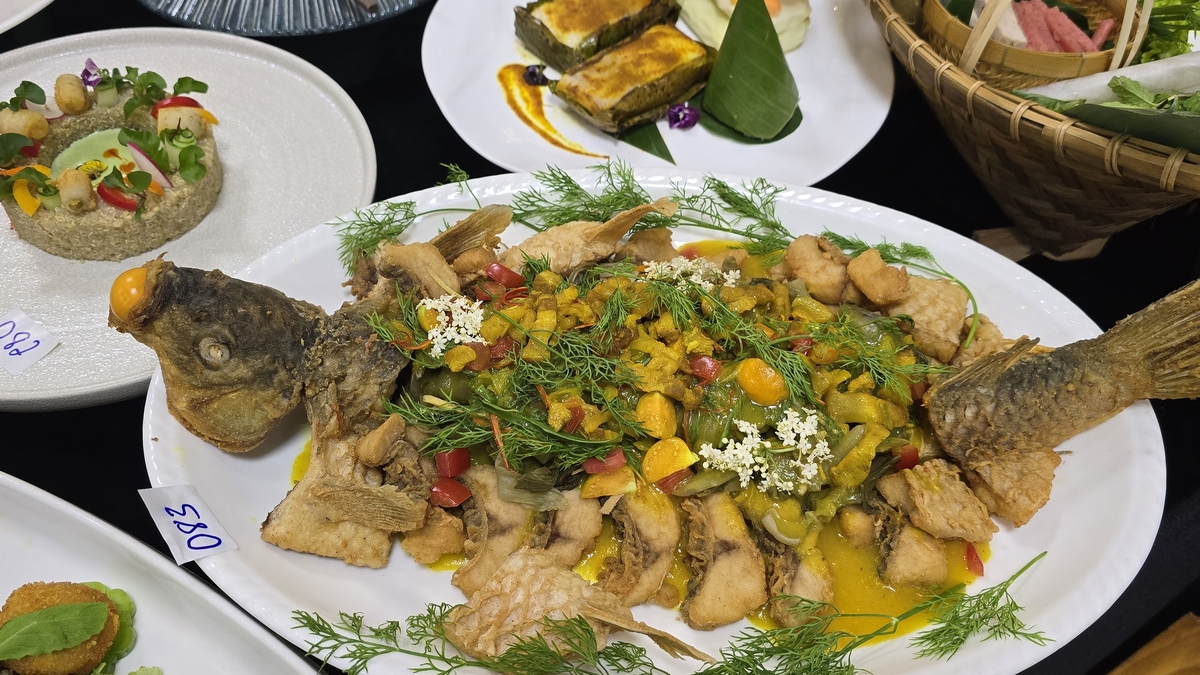
![[Photo] Solemn funeral of former Vice Chairman of the Council of Ministers Tran Phuong](https://vphoto.vietnam.vn/thumb/1200x675/vietnam/resource/IMAGE/2025/10/24/1761295093441_tang-le-tran-phuong-1998-4576-jpg.webp)
![[Photo] President Luong Cuong chaired the welcoming ceremony and held talks with United Nations Secretary-General Antonio Guterres](https://vphoto.vietnam.vn/thumb/1200x675/vietnam/resource/IMAGE/2025/10/24/1761304699186_ndo_br_1-jpg.webp)


![[Photo] Prime Minister Pham Minh Chinh and South African President Matamela Cyril Ramaphosa attend the business forum](https://vphoto.vietnam.vn/thumb/1200x675/vietnam/resource/IMAGE/2025/10/24/1761302295638_dsc-0409-jpg.webp)
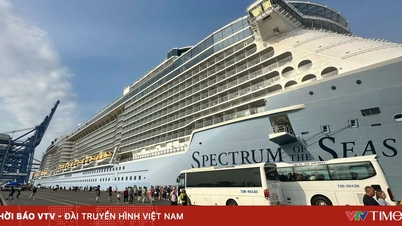

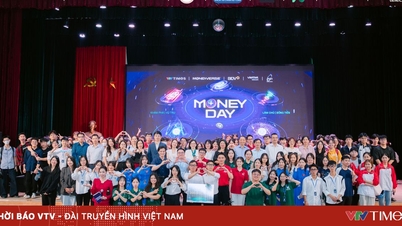
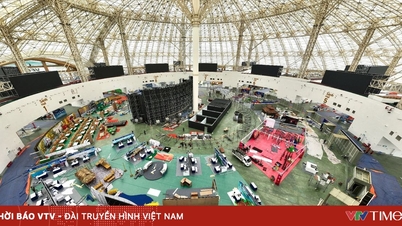

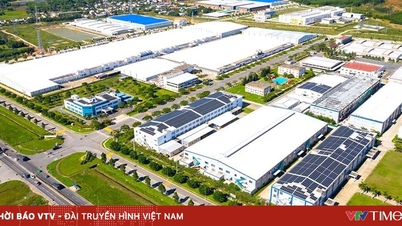
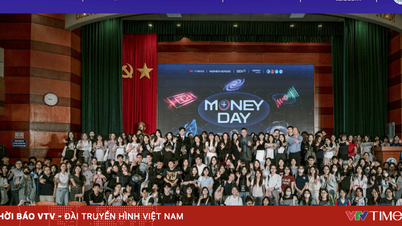




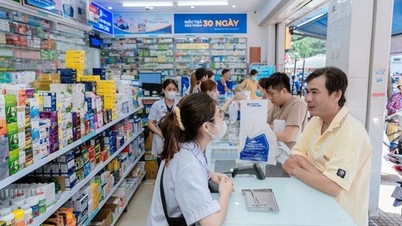
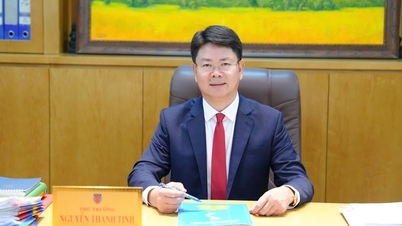


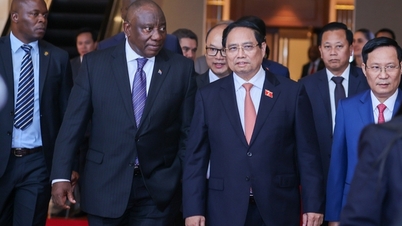
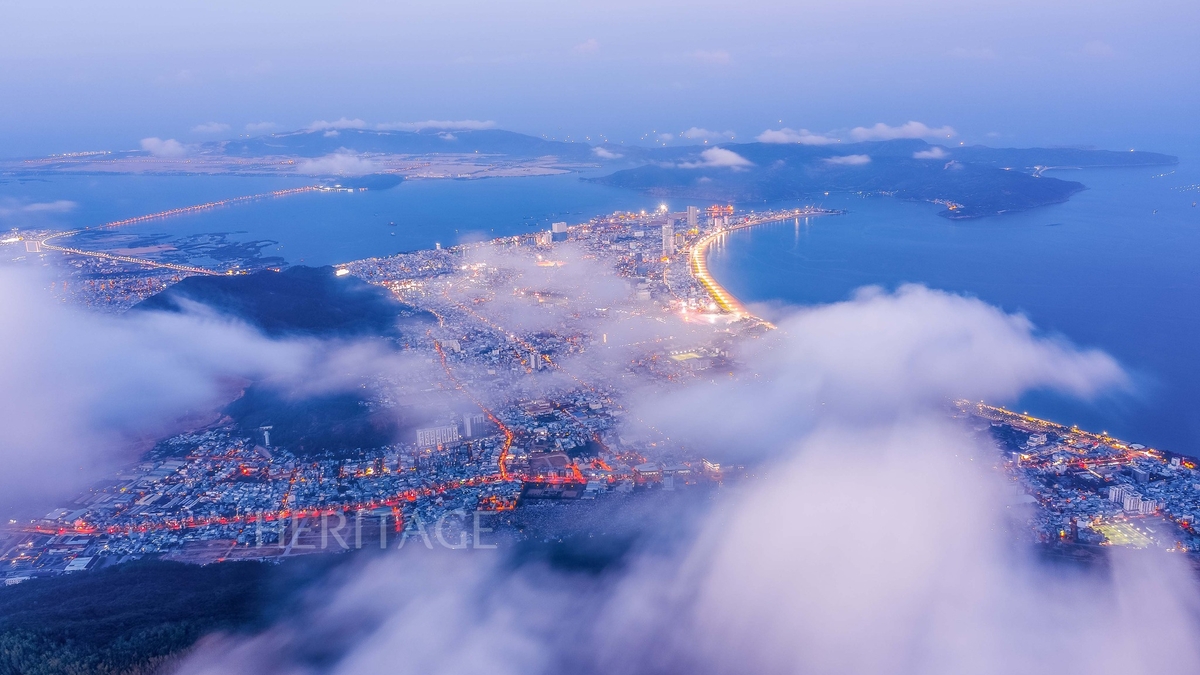







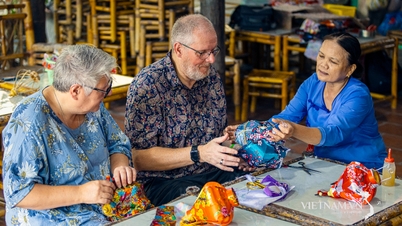

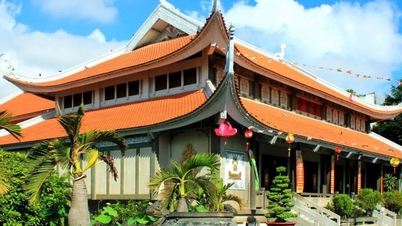

























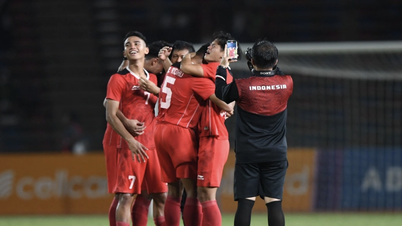
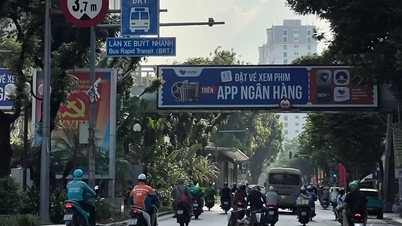


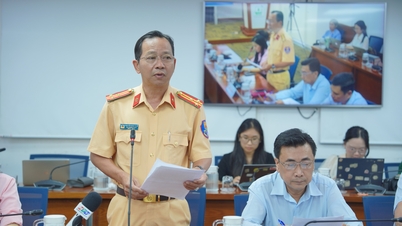



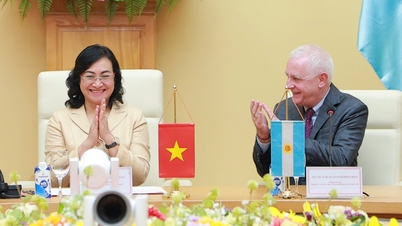


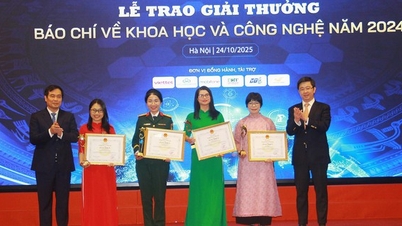

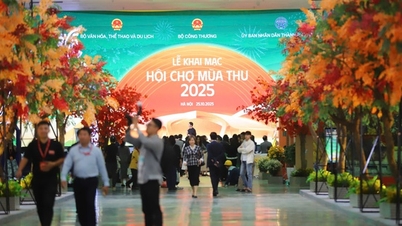
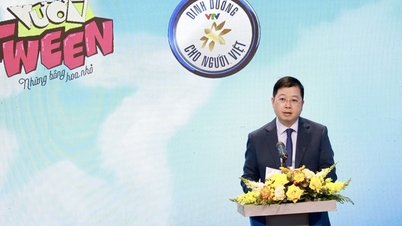
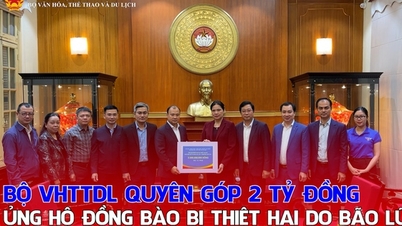
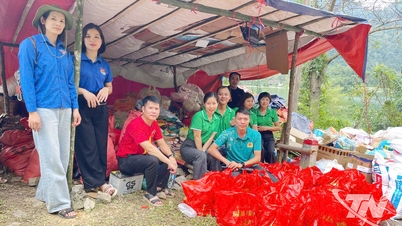







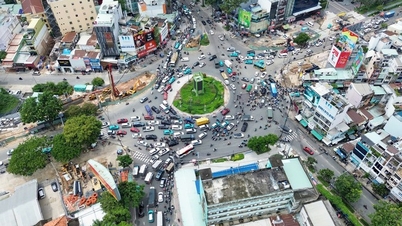














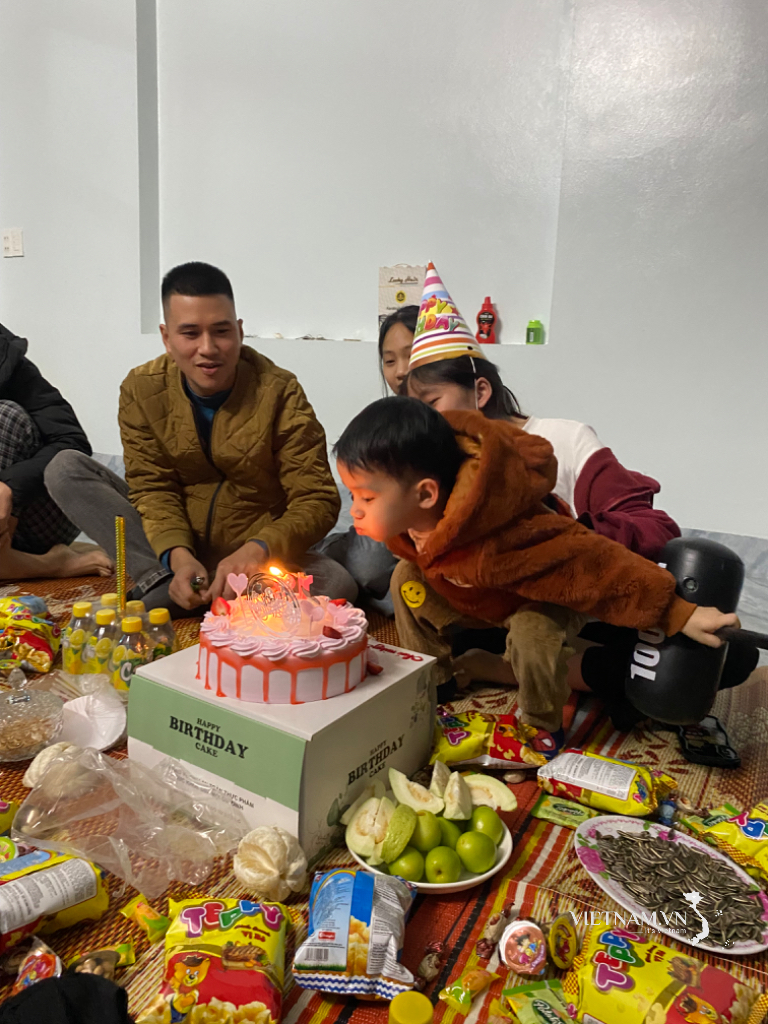

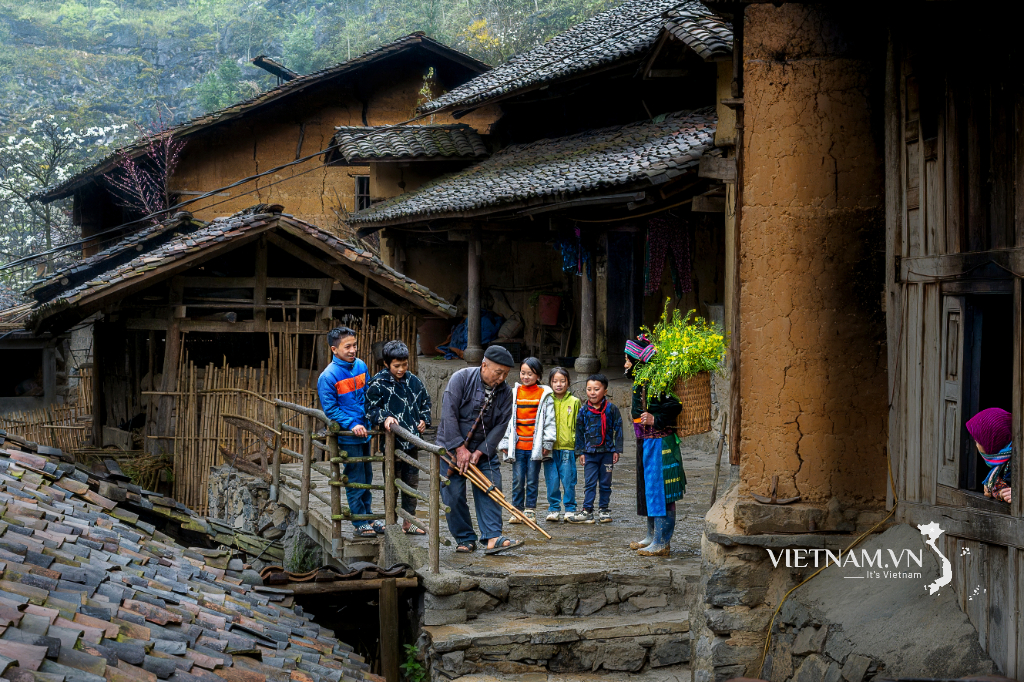

Comment (0)